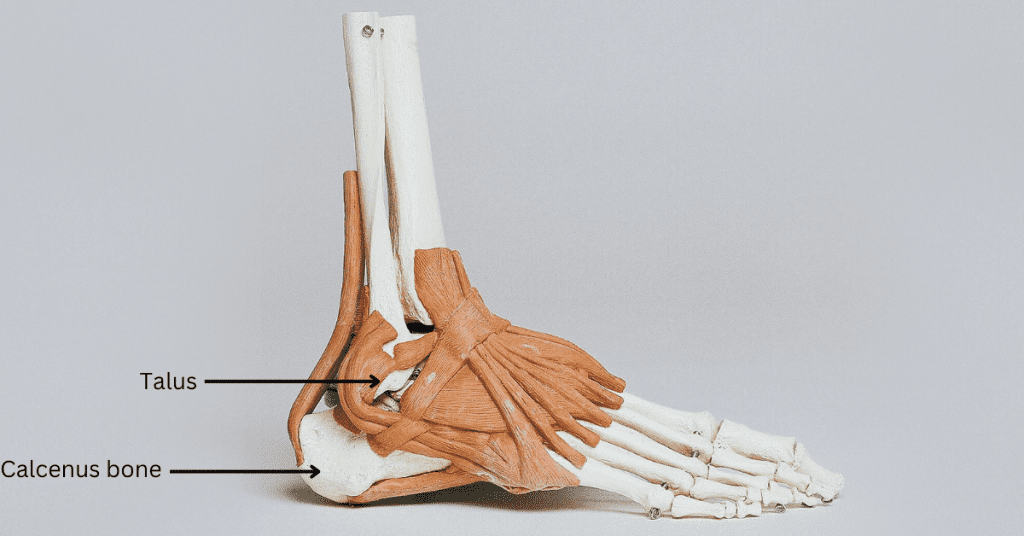Affiliate Disclosure: This post may contain affiliate links. This means we may earn a commission if you make a purchase through these links. This is at no extra cost to you. We only recommend products and services we truly believe in. Your support helps us keep the site running! Thank you.
Rear foot pain is more common in women with hypermobile Ehlers-Danlos syndrome than in women with rheumatoid arthritis (RA) or systemic lupus erythematosus (SLE), according to new research.
“Foot Pain and Disability in Women with Rheumatoid Arthritis, Ehlers–Danlos Syndrome and Systemic Lupus Erythematosus: Relationship with Quality of Life,” was published in the Journal of Clinical Medicine in September of this year.
Rear foot pain linked to hypermobility
Regarding the location of foot pain, rear foot pain was significantly more common in women with Ehlers-Danlos. Ankle pain and toe deformities were more prevalent in those with RA. The percentage of women with pain in the front of their feet did not differ between the groups.
Foot pain & quality of life
The study found that patients with hypermobile Ehlers-Danlos syndrome (hEDS) had significantly poorer mental quality of life than those with SLE. Both physical and mental quality of life were worse in hEDS and RA patients than in controls.
Despite this finding, the researchers concluded that women with any of the three conditions had a worse quality of life.
Read more about the rear foot pain and hEDS study here.
This particular piece of research didn’t address why rear foot pain affects quality of life, but previous research has.
The Journal of Foot & Ankle Research reports that pain in the feet is linked to mood impairment, behaviour, risk of falls, and self-care ability. Foot pain is also affects quality of life for other reasons, including:
- Physical activity: Foot pain can make it difficult to walk, stand, and exercise, which can lead to a decline in physical activity. This can have a number of negative consequences, including weight gain, muscle loss, and an increased risk of chronic diseases such as heart disease, stroke, and diabetes.
- Fatigue: Foot pain can make it difficult to sleep, which can further worsen fatigue. Fatigue can make it difficult to concentrate, focus, and complete tasks. It can also lead to irritability, mood swings, and depression.
- Social isolation: Foot pain can make it difficult to participate in activities that involve standing or walking. This can lead to social isolation, as people with foot pain may avoid activities that they used to enjoy. Social isolation can lead to depression, anxiety, and a decline in overall quality of life.
- Pain and discomfort: Foot pain can be a source of constant discomfort and pain. This can make it difficult to concentrate, focus, and sleep. It can also lead to irritability, mood swings, and depression.
Preventing foot pain with hypermobility
We can see from this research that rear foot pain is closely associated with hypermobility. But that doesn’t mean that you’re definitely going to succumb to foot pain. One of the most important things you must do is wear supportive, comfortable footwear that’s designed for hypermobile feet.
Shoes with laces are good because they’re adjustable. However, you also need to make sure there’s room for your feet to breathe and that they support you’re entire foot.
As we now know that the rear of the foot is particularly vulnerable, strapless shoes, such as flip flops, are a big no-no. I can vouch for this as I sprained my ankle while wearing a pair of flip flops as I walked up a slope.
Related Post: Finding the right shoes for hypermobile kids
Understanding the rear of the foot
The rear of the foot is called the hindfoot. It is made up of two bones: the calcaneus (heel bone) and the talus. The calcaneus is the largest bone in the foot, and it provides a stable base for the rest of the foot. The talus is a small, irregularly shaped bone that sits on top of the calcaneus and forms the ankle joint.

The hindfoot is connected to the midfoot by a complex system of joints and ligaments. These joints allow the foot to move in all directions. The hindfoot is also responsible for absorbing shock when we walk or run.
The muscles of the hindfoot are responsible for moving the foot and ankle. The Achilles tendon is the largest tendon in the body, and it attaches the calf muscles to the heel bone. The Achilles tendon is responsible for plantar flexion, which is the movement of pointing the toes down.
The hindfoot is a crucial part of the foot, and it plays an important role in our ability to walk, run, and jump. When the hindfoot is injured, it can cause pain, disability, and difficulty with movement.
Related Post: Tips For Shoe Shopping With Hypermobility

